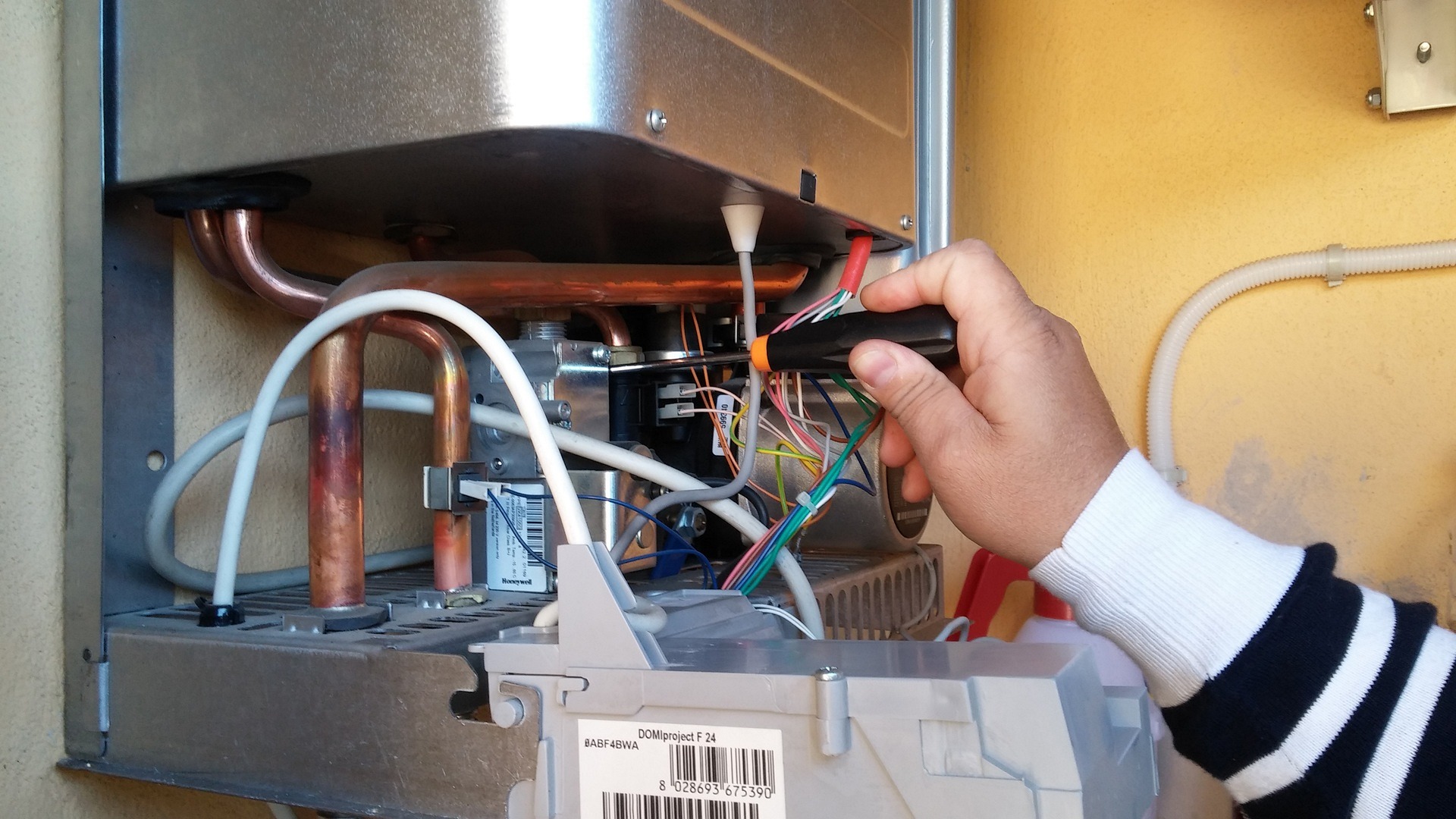Essential Electrical Supplies: Components, Safety, and Selection
Electrical work requires the right supplies and a clear understanding of how parts interact. This article outlines common components, safety considerations, and selection tips for wiring, electrical devices, circuit breaker choices, outlets, and switches. Whether you’re a homeowner planning a project or a tradesperson refreshing knowledge, the guidance focuses on practical, verifiable points to help you choose appropriate materials and work safely.
Wiring: types and installation considerations
Wiring is the backbone of any electrical installation. Common types include non-metallic sheathed cable (NM), THHN/THWN conductors for conduit, and armored cable for exposed runs. Choose wire gauge based on circuit amperage—14 AWG for 15 A circuits, 12 AWG for 20 A, and larger sizes for higher loads—following local electrical code requirements. Consider insulation type for the environment (dry, wet, or high temperature), and ensure proper connectors and strain relief are used. For new or altered wiring, always verify routing avoids sharp edges and heat sources, and use junction boxes for accessible splices.
Electrical supplies: main categories and uses
Electrical supplies cover a wide range: conductors and cables, protective devices, enclosures, connectors, and device hardware. Basic items to keep on hand include wire nuts and lug connectors, electrical tape, conduit and fittings, cable staples, junction boxes, and grounding equipment. For enclosures and panels, choose materials rated for indoor or outdoor use and sized to accommodate conductor fill and device spacing. Labeling and documentation supplies—like panel directory sheets and wire markers—help maintain safety and simplify future troubleshooting or upgrades.
Circuit breaker: choosing and sizing
Circuit breakers protect wiring and equipment by interrupting overcurrent conditions. Select breakers to match the circuit’s conductor ampacity and the load type. Standard breakers protect against overloads and short circuits, while ground-fault circuit interrupters (GFCIs) and arc-fault circuit interrupters (AFCIs) add protection for specific hazards and are required in many locations by code. When replacing a breaker, confirm compatibility with the panel manufacturer and bus design. Never oversize a breaker to avoid nuisance trips; instead, resolve overload reasons or upgrade wiring and devices when needed.
Outlets: selection and placement
Outlets (receptacles) are chosen based on voltage, current rating, and use case. Common residential receptacles are 15 A and 20 A at 120 V; dedicated circuits may require 240 V outlets for large appliances. Consider specialized outlets for kitchens, bathrooms, garages, and outdoor locations—these often require GFCI protection or weatherproof covers. Placement should follow code spacing rules to prevent excessive extension-cord dependence: for example, countertop receptacle spacing and bathroom outlet locations have specific requirements. For accessibility or specific equipment, consider tamper-resistant or AFCI-protected receptacles as mandated.
Switches: types and compatibility
Switches control lighting and devices and come in several varieties: single-pole, three-way, four-way, dimmers, and specialty controls like motion sensors. Match switch type to the circuit configuration—three-way switches for two-location control of one load, four-way in multi-location setups. For dimmers, verify compatibility with the lamp type: some LED fixtures require dedicated LED-compatible dimmers to avoid flicker and premature failure. Ensure switch ratings meet load current and that any neutral requirements for smart switches are accommodated in the box. Replace switches like-for-like unless the wiring strategy is being updated.
Conclusion
Choosing the right electrical supplies involves understanding component types, matching device ratings to circuit requirements, and following applicable codes and safety practices. Proper wiring selection and installation, correctly sized circuit breakers, appropriate outlets, and compatible switches all contribute to a safe and reliable electrical system. Documenting work, labeling circuits, and using the correct materials for the environment reduce risks and make future maintenance easier. For complex or code-sensitive work, consult a qualified electrician to confirm compliance and safety before completing installations.







